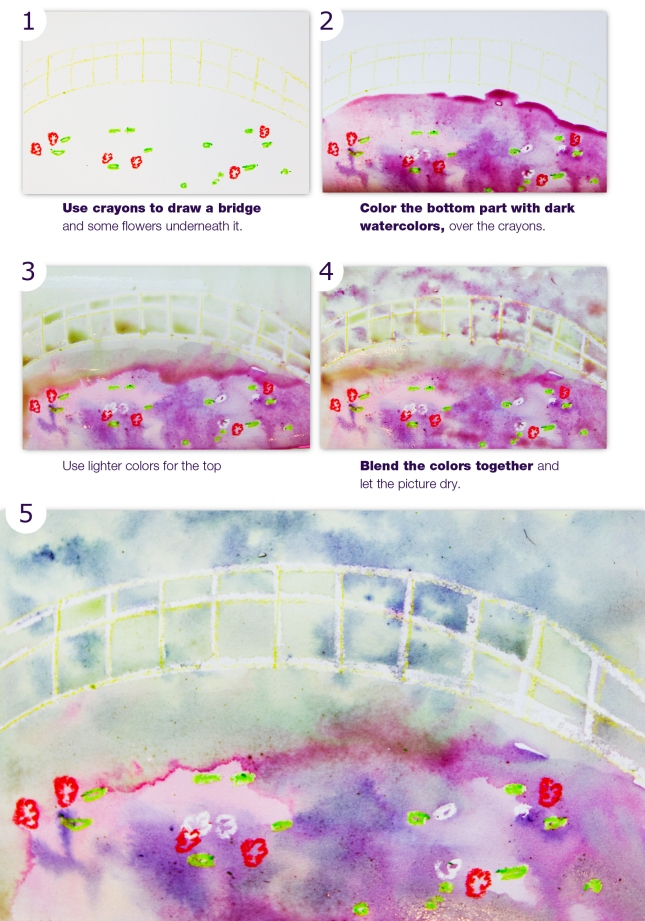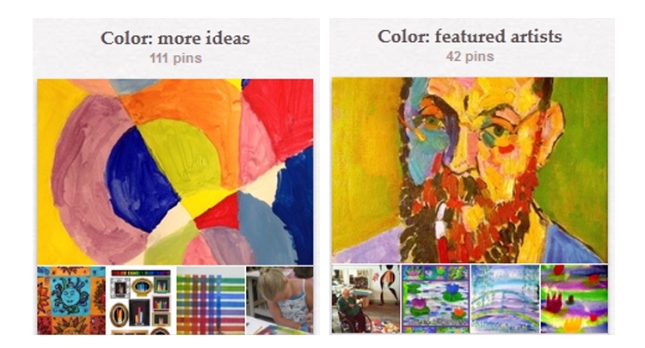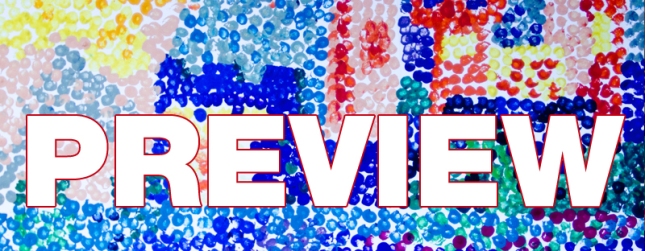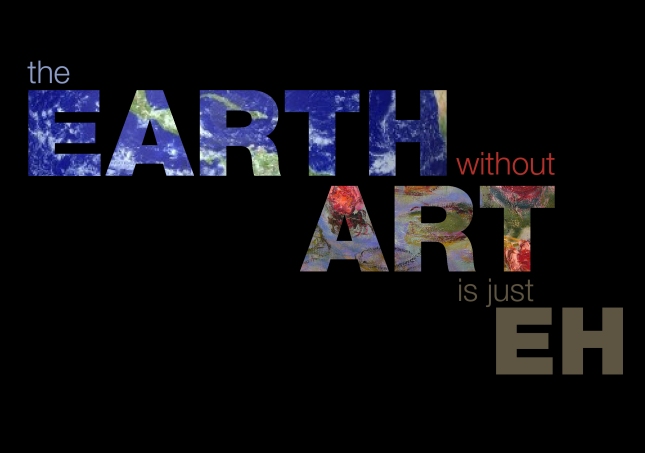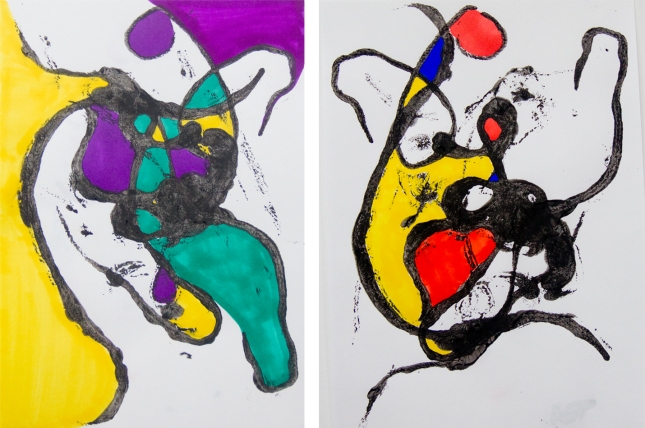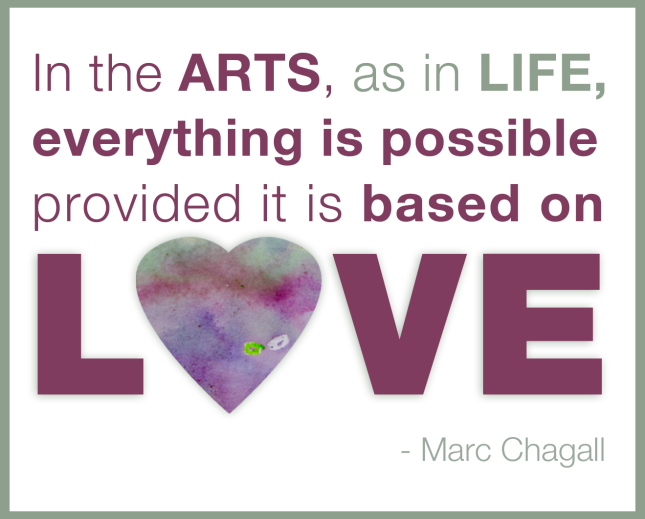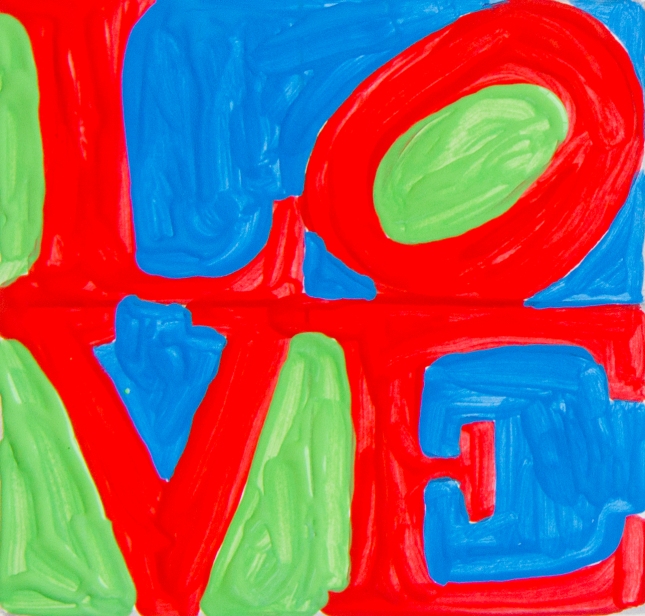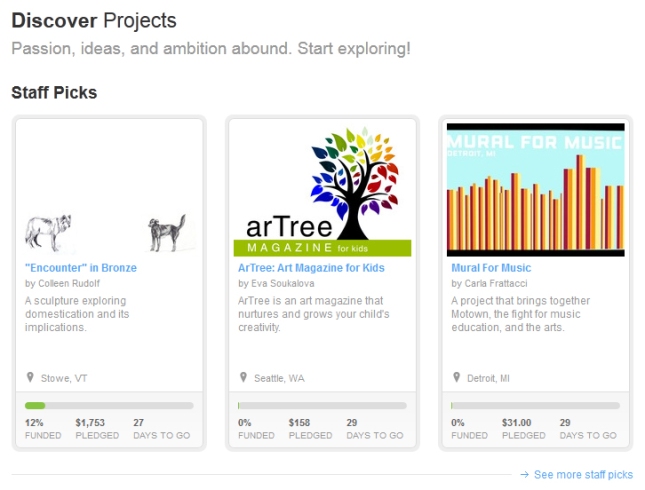So, this is my favorite watercolor idea combination: wax resist and Claude Monet. It makes sense to me. Everybody had crayons at home, wax resist a very simple technique that even the smallest kids can master very well, and Claude Monet… well, what can I say? I love Impressionists and the “not finished” or “almost abstract” feel to their paintings is easy for kids to master.
So, what can you do?
I also included a .pdf document that has all the instructions (including the home-made watercolors) and you can print it out, share it… whatever you want. It is but a small preview from the magazine-in-making. If you like it, check out the Kickstarter campaign an spread the word. Thank you guys and enjoy the colorful project with your little ones.
As always, there are more ideas at our Pinterest and Facebook pages.

